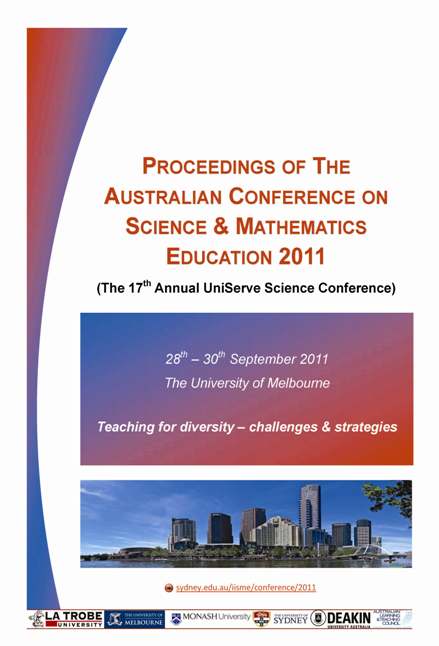Comparing student’s fluency in using multiple representations (graphs, words and equations) with their university physics expertise
Abstract
It is suggested physics expertise comes with an increasing literacy of using the disciplinary discourse (Airey and Linder 2009). One facet of the physics disciplinary discourse is the different representations that are reproduced on written material such as graphs, equations and words and it would appear that being fluent in these representations is a necessary skill for success in physics. According to Redish (2004), alternative representations, or epistemic resources, are important in scientific knowledge formation, so the ability to use multiple representations would appear to also improve students’ ability to learn physics. We have created a survey with seven general physics problems which involve particularly the representations of graphs and words in both question and answer. This has been given to over 450 physics students at the University of Sydney from first year, to the honours level. The results will be presented through investigation into both how different level students answer particular questions in relation to the representational format but also their preference of representation across the survey. This aims to provide a means to track where representational literacy develops through tertiary physics education. REFERENCES Airey, J. and C. Linder. (2009). A Disciplinary Discourse Perspective on University Science Learning: Achieving Fluency in a Critical Constellation of Modes. Journal of Research in Science Teaching, 46, 27-49. Redish, E. F. (2004). A theoretical framework for physics education research: Modeling student thinking. Research on Physics Education, 156, 1-63.Downloads
Published
2011-08-10
Issue
Section
Abstracts
